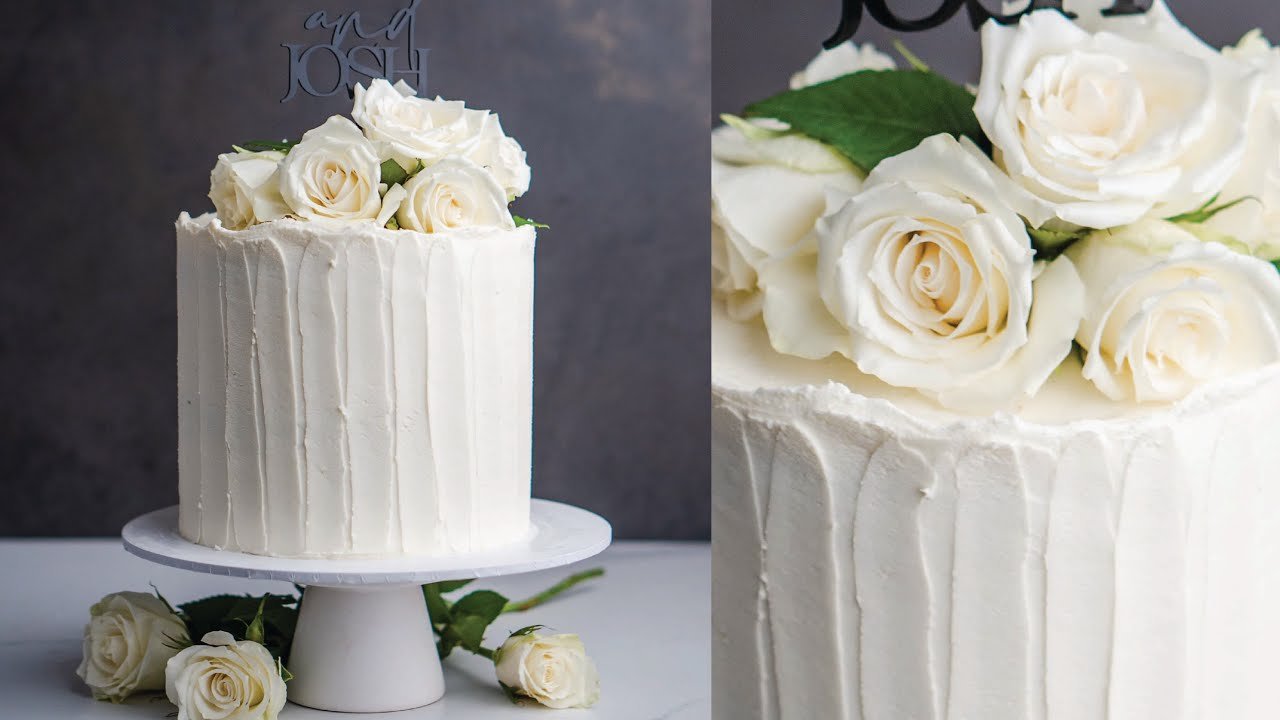The Art and Tradition of Wedding & Engagement Cakes
Introduction
Wedding and engagement cakes have long been a cherished part of matrimonial celebrations, symbolizing not just the sweetness of the occasion but also the artistry and tradition that define these significant events. From opulent multi-tiered masterpieces to more modern, minimalist designs, these cakes play a pivotal role in wedding and engagement celebrations around the world.
The History of Wedding Cakes
The tradition of wedding cakes dates back to ancient Rome, where guests would share a barley cake to wish the newlyweds good fortune. In medieval England, a more elaborate cake called the “bride’s pie” was often used, filled with spices, nuts, and fruits. It wasn’t until the 19th century that the modern tiered wedding cake, as we know it today, started to take shape. Queen Victoria’s wedding to Prince Albert in 1840 is often credited with popularizing the white, multi-tiered cake, which symbolized purity and elegance.
Engagement Cakes: A Growing Trend
While wedding cakes have deep historical roots, engagement cakes are a more recent but increasingly popular tradition. Engagement cakes serve as a sweet prelude to the wedding, marking the couple’s commitment and celebrating their journey toward marriage. These cakes can range from simple and understated to elaborate and personalized, often reflecting the couple’s unique love story and the theme of their engagement party.
Design Trends and Themes
Classic Elegance: Traditional wedding cakes often feature white or ivory fondant, intricate piping, and fresh flowers. These cakes are timeless, capturing a sense of sophistication and grace that has remained popular through the decades.
Modern Minimalism: In contrast, modern cakes might feature clean lines, geometric shapes, and subtle colors. Minimalist designs focus on simplicity and elegance, often incorporating elements like metallic accents or textured fondant to create a contemporary aesthetic.
Whimsical and Fun: For couples who prefer a more playful approach, whimsical cakes can include everything from elaborate floral designs to creative, thematic decorations. These cakes often reflect the couple’s personalities and interests, making them a memorable centerpiece.
Rustic Charm: Rustic cakes, with their naked or semi-naked frosting, evoke a sense of warmth and charm. Often adorned with fresh berries, flowers, or natural elements, these cakes are ideal for outdoor or barn weddings.
Destination and Themed Cakes: For destination weddings or themed celebrations, cakes can be customized to reflect the location or theme. Think of a cake shaped like a beach scene for a tropical wedding or one decorated with vintage travel motifs for a destination event.
Flavors and Tastes
While design is crucial, flavor is equally important. Modern couples are moving beyond traditional vanilla and chocolate, exploring a diverse range of flavors. Popular choices now include red velvet, salted caramel, lemon lavender, and even matcha. Custom flavors can be tailored to suit the couple’s preferences, ensuring that the cake is as delightful to taste as it is to look at.
The Role of Cake Artists
Creating a wedding or engagement cake is an art form that requires both skill and creativity. Cake artists spend hours designing, baking, and decorating to ensure that each cake is a perfect representation of the couple’s vision. The process involves careful planning, from initial consultations to tastings, and meticulous attention to detail during the creation phase.
Conclusion
Wedding and engagement cakes are much more than just desserts—they are symbols of love, tradition, and celebration. Whether you opt for a classic design, a modern twist, or a whimsical creation, the cake plays a crucial role in making your special day memorable. As you plan your celebration, remember that your cake can be a reflection of your unique story and style, making it a sweet and meaningful centerpiece of your festivities.
